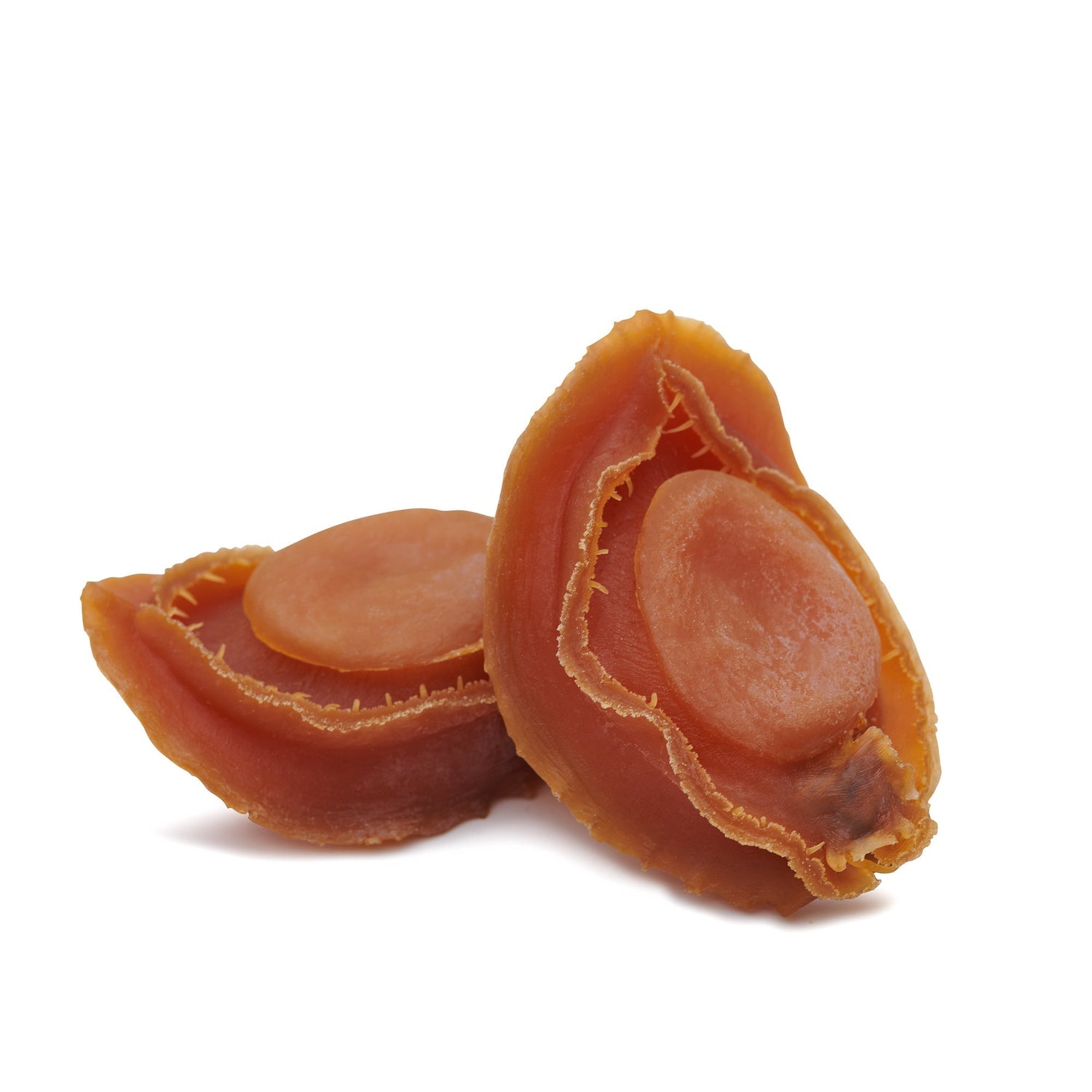When shopping for abalone, especially in Asian markets or when browsing restaurant menus, you may come across references like "2-head abalone" or "5-head canned abalone." While it may seem cryptic at first, this terminology is deeply rooted in traditional sizing methods used across Chinese cuisine and seafood trade. So what does it actually mean?
Let’s break it down and explain how Ocean Road Abalone approaches sizing differently, without losing clarity or tradition.
What Is abalone head count?
“Head” count, often written as just a number followed by “H” (e.g. 2H, 5H), refers to how many whole abalone it takes to equal one Chinese jin, a traditional unit of weight equal to 500 grams.
Here’s the general rule:
- 1-head abalone = One piece weighing 500g
- 2-head abalone = Two pieces at 250g each
- 4-head abalone = Four pieces at 125g each
- 10-head abalone = Ten pieces at 50g each
The higher the number, the smaller the individual abalone. That’s why a “16-head” abalone is much smaller than a “2-head.” This system is still widely used in Chinese seafood retail and fine dining establishments, especially during festive events like Lunar New Year.
What is a jin? And what’s a catty?
The jin (斤) is a traditional Chinese weight unit equivalent to 500 grams. It’s used as the base reference for the head count system. So, when someone says “4-head to a jin,” it simply means four abalone weighing 125g each make up one jin.
You may also hear the term catty, which is the Cantonese name for jin. In seafood markets, especially in Hong Kong, Singapore, or Chinese restaurants, the terms are often used interchangeably:
- 1 catty = 1 jin = 500g
Understanding these terms helps demystify product labels, especially when buying from overseas suppliers or comparing prices across different formats.
How Ocean Road Abalone approaches sizing
At Ocean Road Abalone, we take a slightly more transparent and modern approach to abalone sizing. We don’t use the traditional “head per jin” system on our packaging, as we believe in clear weight labelling that speaks to both local chefs and international buyers.
However, if you want to compare:
- Our 200g retort pouch containing 3 pieces means each abalone is around 67g (roughly a 7 to 8-head size)
- A 213g canned abalone with 14 pieces means each weighs about 15g (around 16-head)
In that sense, our “jin” is effectively the drained weight or net meat weight of the product, allowing for easier and more accurate understanding, without relying on historical weight systems.
Why the terminology still matters
While we use clear modern measurements at Ocean Road Abalone, we also understand that the head system is still relevant in certain markets and cultural contexts, particularly where abalone is valued not just for its flavour, but also for what it represents: status, celebration, tradition, and care.
So when someone asks, “What does 4-head abalone mean?” or “How big is a 2-head abalone?”, you now have the context to interpret both the traditional and the modern.
If you’re ever unsure, just ask. We’re always happy to help you understand what you’re buying, because for us, transparency is as important as quality.




Leave a comment
This site is protected by hCaptcha and the hCaptcha Privacy Policy and Terms of Service apply.